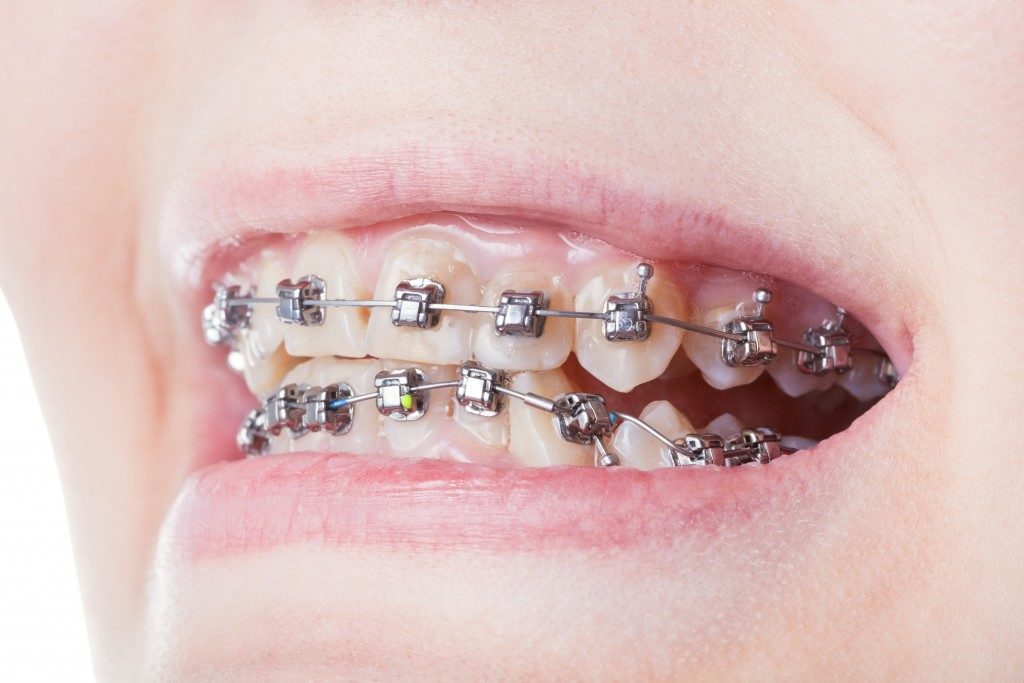Let’s get something straight. Braces aren’t the prettiest things a person can wear to correct crooked teeth. However, plaque buildup, impacted food, gum disease, and an awkward facial bone structure are the flipside effects of letting crooked teeth stay that way.
Besides, misaligned teeth are not the only signs you need braces, according to a Taylorsville-based orthodontics clinic, Redwood Orthodontics. These signs include teeth crowding and overbite. If you have these teeth conditions, plan as early as possible to wear dental devices.
Orthodontic appliances like braces are common in the U.S.; in fact, they have become some sort of rite of passage among adolescents and teens. But these devices are not exclusive to young people. More than 25 percent of Americans wearing braces are adults, which proves that it’s never too late to straighten your teeth.
So if you want to achieve dental perfection and have a good bite, here are different orthodontic devices you can use, other than the traditional metal braces:
Invisalign Aligners
For those who want to smile without metal showing, Invisalign aligners are the way to go. These devices are a customized series of plastic aligners that move the teeth gradually to the ideal position.
Apart from being discreet, Invisalign aligners have other benefits. For instance, you are only required to wear them for at least 20 hours a day. You may remove the aligners when you’re engaging in physical activities, brushing your teeth, or eating. You don’t have to deal with food that might get stuck in metal wires or brackets – which is the case with conventional braces.
Self-Ligating Braces
 At first glance, self-ligating braces look like regular ones. What sets ligating braces apart is that they don’t require elastic or rubber bands or metal ties. In place of these two, special clips are used to help the archwire move your teeth into the ideal position. Self-ligating braces are also more comfortable than traditional braces because the special clips don’t restrict teeth movement. Braces with ligature bring less pressure and friction on your teeth.
At first glance, self-ligating braces look like regular ones. What sets ligating braces apart is that they don’t require elastic or rubber bands or metal ties. In place of these two, special clips are used to help the archwire move your teeth into the ideal position. Self-ligating braces are also more comfortable than traditional braces because the special clips don’t restrict teeth movement. Braces with ligature bring less pressure and friction on your teeth.
The downside of this type of braces is you cannot remove them for the duration of the treatment because orthodontists attach them to your teeth with a special adhesive.
Lingual Braces
Sometimes called incognito braces, lingual braces are like traditional ones. The difference is that orthodontists attach them at the back of the teeth. Doing so makes them virtually invisible – an attractive choice for adults who don’t want these appliances to be conspicuous.
Not everyone is eligible to wear lingual braces, however. For one, the patient’s teeth have to be long enough to provide room for attachment. Colgate also states that lingual braces are not ideal for those with excessive overbite because the bite might put too much pressure on the brackets and cause them to fall off easily.
Like other appliances, lingual braces come with a couple of disadvantages. First is the discomfort when your tongue thrusts the brackets. Another is that cleaning will be a little more difficult as you can’t completely see areas that need brushing.
These three are the most popular options for orthodontic treatment next to traditional braces. So, when you’re correcting crooked teeth, which one should you choose? It depends on your case and what your dentist or orthodontist suggests. There are also other factors to consider, such as the price. Lingual braces are generally more expensive than the other options.
Just like any health-related decision you make, when choosing the kind of braces you need, it’s important to give it a careful thought – you don’t want to be spending thousands of dollars for the wrong solution.

